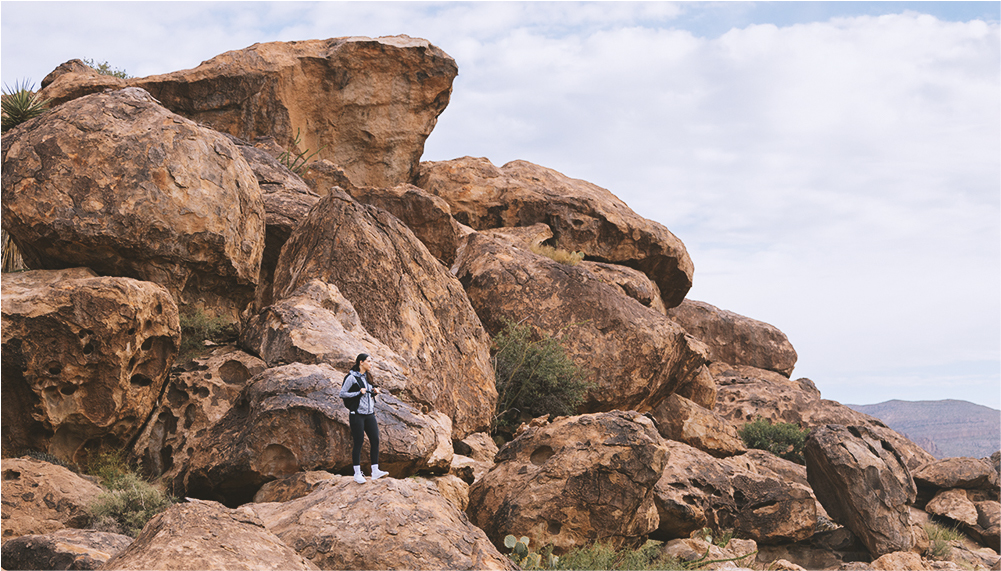

Benito Juárez - Child to Man is the fourth installment in the XII Travelers Memorial of the Southwest series.
The sculpture honors Mexico’s great president, who lived at Paso del Norte (1864-65) when flooding began changing the course of the Rio Grande. The Chamizal “conflict” between Mexico and the United States continued until the Chamizal Treaty, signed on August 29, 1963. The treaty was officially affirmed on September 25, 1964, when Mexican President Adolfo Lopez Mateos and United States President Lyndon B. Johnson met atop the international bridge connecting El Paso and Ciudad Juárez and shook hands in a gesture of friendship. In an exchange of land through diplomacy, the dispute was resolved peacefully during the Cold War. Commemorative parks were developed on either side of the rechanneled river: Parque Chamizal in Ciudad Juárez and the Chamizal National Memorial in El Paso.
Mexico installed a bronze statue of Abraham Lincoln in 1964 near Parque Chamizal in Ciudad Juárez as a symbol of unity. While the United States spoke of a corresponding gesture on U.S. soil, that moment never came to fruition - until now. Sculptor Ethan Taliesin Houser - son of XII Travelers Memorial of the Southwest founder, John Sherrill Houser - continues his father’s vision with the completion of the Benito Juárez statue.
The History
 The historical links between U.S. President Abraham Lincoln and Mexican President Benito Juárez have long been studied by historians. They were contemporaries who rose from poverty through education, leading their nations through civil war. Both stood with the oppressed and were men of strong character. And, both served as president when the Rio Grande – the natural boundary between their nations- began shifting course.
The historical links between U.S. President Abraham Lincoln and Mexican President Benito Juárez have long been studied by historians. They were contemporaries who rose from poverty through education, leading their nations through civil war. Both stood with the oppressed and were men of strong character. And, both served as president when the Rio Grande – the natural boundary between their nations- began shifting course.
Juárez was born March 21, 1806 in San Pablo Guelatao, Oaxaca and was a pure-bred Zapotec Indian. He was illiterate until a Franciscan lay-brother began to educate him, which allowed him to study theology and law.
In 1847, he was governor of Oaxaca, and in 1858, President of Mexico. As a defender of democracy he stated: “Among individuals, as among nations, respect for the rights of others is peace.” After Napoleon III invaded Mexico and Maximilian became emperor, French troops forced Juárez to flee north – first to Chihuahua in 1864, and to El Paso del Norte for nine months in 1865-66. While the president lived at Paso del Norte, it was Mexico’s capitol.
President Juárez helped build a new irrigation system to replace canals that had been destroyed by floods, and met with residents who complained that the river’s channel had placed their land on the U.S. side of the Rio Grande, where Norte Americanos were claiming it. The president declined offers of asylum and invitations from Fort Bliss, vowing to never leave his country while it was occupied by foreign invaders. When he left in 1866, Benito Juarez waved a final goodbye to his gracious hosts and headed south where he eventually reunited his country.